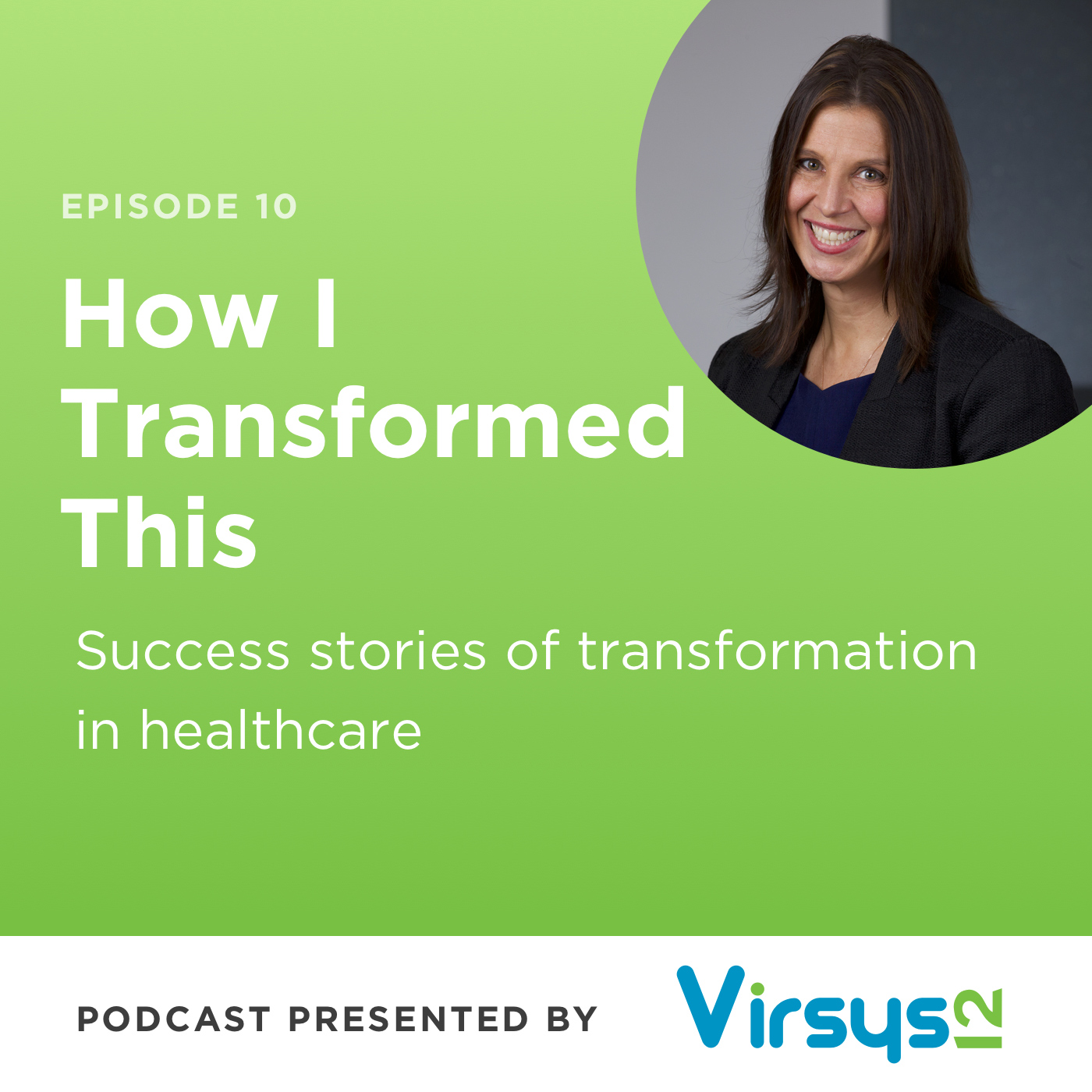Developing Unique Models
In her work at Premise Health, Ratliff has seen the importance of developing an evolving model of care, one that can adapt to fit the needs of specific communities.
The company operates 600 health centers around the U.S. which provide care for the employees, members and family members of 275 employers and organizations.
When organizations partner with Premise Health, “they often are looking for a couple of objectives. Obviously they’re looking for an overall cost of care decrease. They’re looking for improved access (there are significant wait times across the country to get an appointment with a primary care physician). And they’re looking for improved quality of care,” Ratliff explained. “We deliver on all three of those value propositions.”
In each of its health centers, Premise strives to provide the types of care people need the most, and Ratliff thinks that’s one of the reasons companies want to work with them.
“That’s one of the beautiful things about what we do. As you look around at our health centers, they’re all very different. The scope of care that we provide is different, because it’s based on (each clients’)their particular needs, and it changes as their population health changes.”
To do this, Premise relies on data and analytics, paired with a “choose-your own-adventure model” where clients have the opportunity to share objectives, data and observations about their population health needs. Premise then analyzes this information and returns with a highly customized recommendation of what the client needs and how to achieve it, Ratliff explained.
Premise then takes those analytics one step further, right into direct- care situations.
“We’re not just managing the population from a macro level, but we are actually delivering primary care services to the population as part of that health system,” Ratliff said.
Taking a Proactive Approach
In that direct care setting, Premise works to proactively find and reach out to individuals who need care and may not be receiving it.
Since 75 percent of Premise’s care happens within the workplace itself, the company can provide a “frictionless” access to care that’s difficult to find elsewhere, Ratliff explained.
To further eliminate any barriers to access, Premise also offers three different models of virtual care. In the first, members can access their regular providers via phone, video or internet. But if members need something different, they can also access care via satellite model, or they can tap into Premise’s 24/7 virtual health network.
For Ratliff, these things matter because healthcare is still relational at its core, even as it includes more and more online services.
Premise will directly reach out to people who aren’t coming in to receive care or who need medications refilled. The company’s physicians are also trained in behavioral change, so they can observe potential issues and opportunities within the clinical setting.
“We are always iterating and evolving what we do, and I think that’s the secret sauce.”
Integrating Useful Technology
Beyond adapting its care to fit specific communities, Premise also works to keep up with the rapidly-changing world of technology, integrating new tools and innovations that can help patients achieve their goals.
With innovative strategies like integrating a patient’s FitBit data into the electronic medical record, Premise can help people set small goals that add up to long-term behavior change, Ratliff explained.
“Small victories add up, and it develops not only a trusted relationship with a provider, but a trust in yourself that you can achieve those goals. We’re kind of partnering with you every step of the way, and we leverage technology to do it,” she said.
For Ratliff, one of the keys to innovation is focusing on the “three E’s:” Experience, efficiency and effectiveness.
“You’ll see us continue to explore innovations that drive improved member experience and improved provider experience,” Ratliff explained. “We want to continue to explore technology and innovation that really drives efficiency in our health centers, in how we interact with our members, and efficiency for the member. Members don’t want to wait, and our wait times are under 2 minutes, but we’d like them to be zero… And effectiveness. How do we take our HEDIS quality scores, which are performing at or above the 90th percentile right now, and how do we make them better?”
But with all of those goals, Ratliff thinks it’s important to adapt to what the member wants and needs, even if that means using less technology.
“We try not to force them one way or the other. We want them to receive care how they want it, when they want it and where they want it.”



